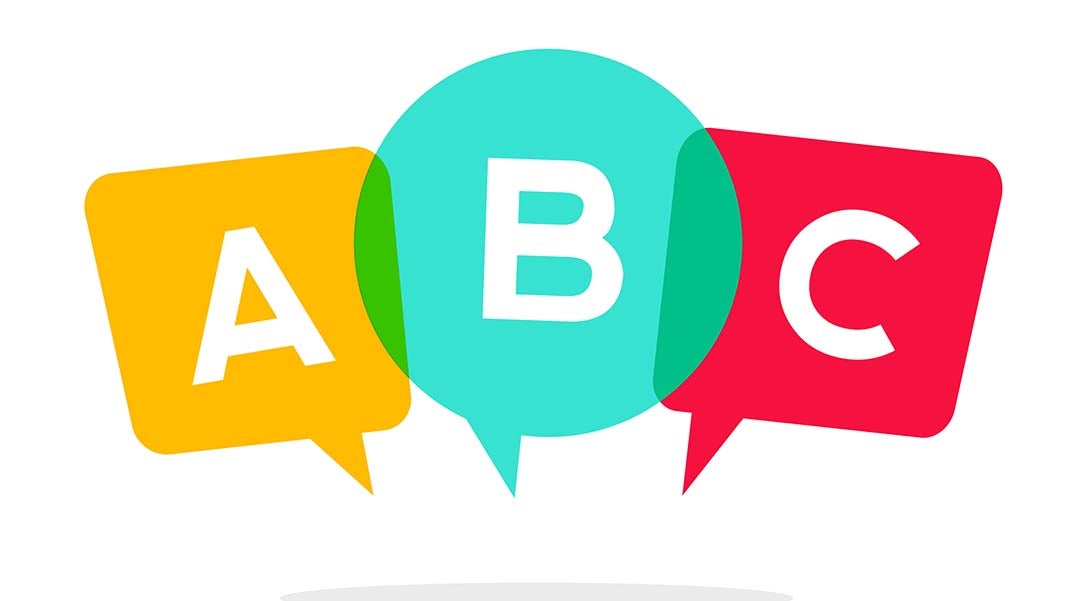
You’ve set up a fledgling of a business, found enough support to get you over the first hurdles and you’re ready to progress to the next stage. You’re considering raising money on an online investment platform. Great – now what? With the rate the sector’s evolved over the past few years, where do you even start?
Here are 26 words to get you thinking.
A – Audience
Know your audience. Most people won’t be specialists in your market or product, so don’t treat them as if they are.
B – Business plan
Generally, investors want to know what you have in mind for the next year in detail. Focus on what you know is closest to achievable, and ‘real.’
C – Competitors
Don’t just talk about ‘the status quo.’ Do your research and find out about other startups in your space – and be careful about saying there aren’t any! Articulate your edge.
D – Due diligence
Investors often want to know who has done what due diligence. Being able to point to respected law firms, accountants, business angels etc already working with you (or better still, investing) is great.
E – Engagement
Answer questions as quickly and as comprehensively as you can.
F – Financials
Any historical data you can share is vital. Forecasts are useful, but don’t get too bogged down with these – most investors know they’re just guesstimates. Nevertheless, think carefully about the assumptions underlying your figures.
G – Good, solid product or service
Obvious point, but make sure you have a USP. If you haven’t done your market research to prove there’s interest, you need to, and you need to demonstrate it.
H – HMRC
Know your stuff when it comes to tax breaks for investors. In the UK, most investors are heavily incentivized by the (S)EIS schemes. There’s lots of advice on HMRC’s website.
I – Industry context
Know the industry you operate in. How big is it? Is it growing? Maybe it isn’t – and that’s ok, as long as you have a demonstrable place in it.
J – Jobs
How many people are you going to need to grow this thing? Be realistic. Early-stage businesses typically raise cash to hire more staff. Prove you know exactly who you need and where you’re going to find them.
K – Know your place
Are you building a new piece of the market or taking a piece of the market from someone else?
L – Lead investor
Not all platforms require one, but some do, so look out for that. What these platforms are looking to see is active, arm’s-length investment in your business to legitimize the round.
M – Marketing plan
How are you reaching your clients? ‘Social media’ is a tool, not a strategy. Don’t be vague, and think about momentum when it comes to marketing the campaign itself.
N – Nominee structure
Know what each type of nominee structure means for you (and your investors).
O – Online
When raising money online, having a video is really key for investors to have a sense of getting to know you. Meetups are great too, if you get the chance.
P – Platform
Pick your platform appropriately. Look past the marketing speak and do your research on the companies they’ve funded and look for parallels with what you’re offering.
Q – Quality
It’s an obvious point, but if you don’t check for the superficial signs of quality (nice images, good spelling, passable grammar), it’s off-putting for investors.
R – Revenue
You don’t need to be in revenue. If you are, shout about it; if you’re not, be comfortable with this, but be aware of when it will come.
S – Sales
Always be clear on the status of any sales conversations. Of course, a contract is ideal, but any written or verbal interest is also worth mentioning!
T – Team
Why should an investor believe YOU have the team to achieve this?
U – Undercapitalization
Investors expect you to know precisely how much you need. Don’t raise anything else (more, or less).
V – Valuation
Get this sense-checked. Some platforms insist on your having secured investment at a particular valuation before they’ll look more closely at your funding round.
W – Work
Be prepared to put in a little time. Raising on an online platform is efficient, but that doesn’t mean it’s effortless.
X – eXit
(Bit of a cheat, sorry.) Investors want to know that you care about exiting, so provide at least one or two industry precedents. You certainly don’t need to have planned your IPO, though.
Y – Yardsticks
Be careful about making promises; investors can, and will, hold you to them. This isn’t an excuse to be vague, but it’s better to provide a handful of ‘yardstick’ indications of where you want to get to in X years’ time. Ask yourself, how will you know when you’ve made the business you want?
Z – Zero
Don’t give up if it doesn’t work the first time and you get ‘zero’ cash. An unsuccessful fundraising campaign is a great opportunity for feedback for the future. Listen hard, and try again.
3957 Views












